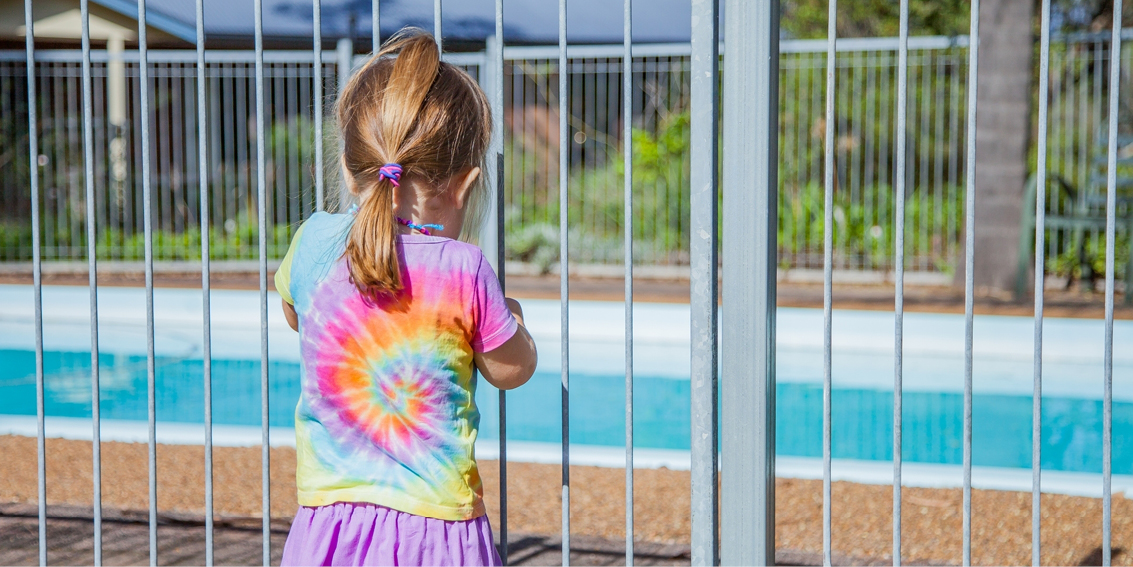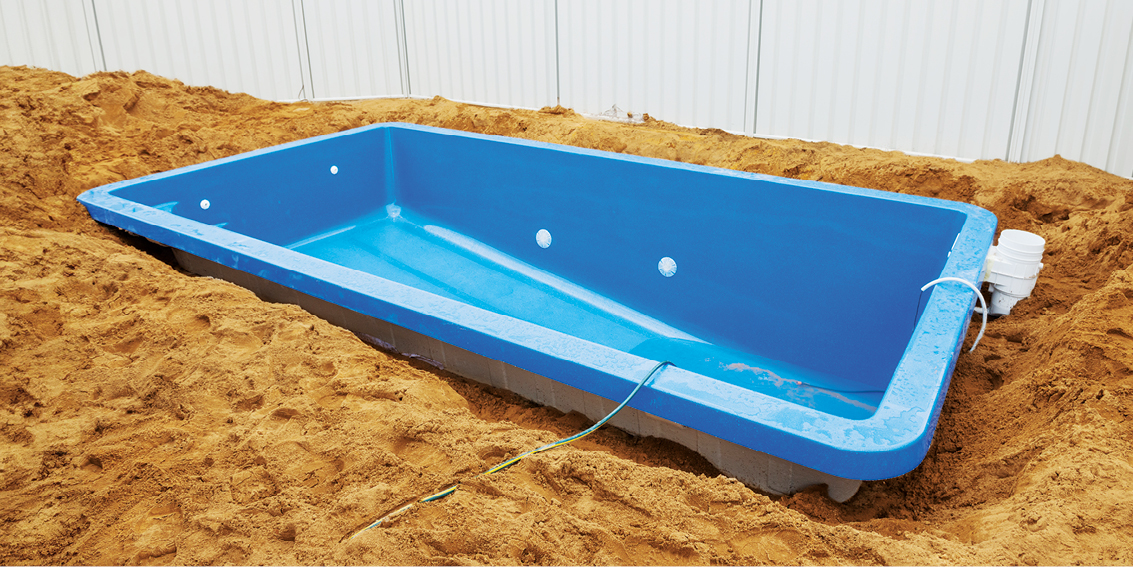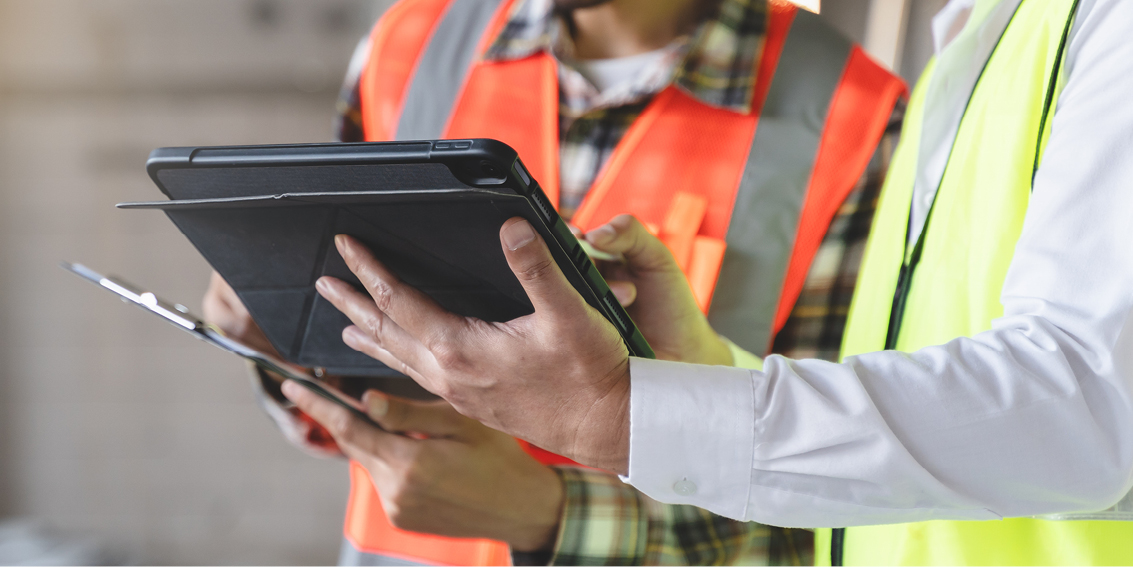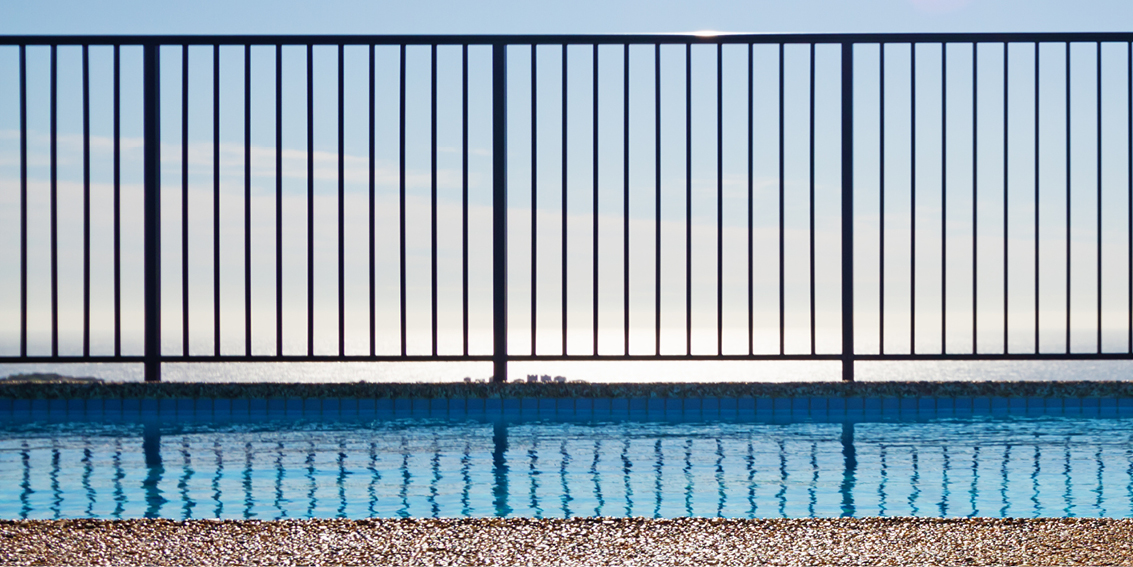Background
Drowning is a leading cause of accidental death for children under the age of five. Most of these incidents occur in swimming pools.
Supervision of young children is the best way to prevent their death or injury by drowning. Safety barriers are an effective secondary measure only.
Safety barriers are designed to be child-resistant… not child proof. Safety barriers should never be wholly relied upon as they are only intended to restrict access, not prevent access.
The percentage of young children who have died by drowning in swimming pools has gone down over time. This has largely been due to the introduction of safety barrier requirements and community education initiatives.
All private swimming pools, including spa pools and portable pools, that have a depth of water of more than 30cm must have safety barriers that restrict access by young children*. This includes spa pools, and temporary and portable pools.
Failure to have a compliant safety barrier risks the lives of young children and can result in significant fines.
*some remote areas of the State are excluded from this requirement.
Never prop open the gate
Pool gates are the most common access point for young children who have drowned in swimming pools. In most cases access was enabled by:
- Gates being propped open.
- Faulty latches.
- Gates not self-closing properly.
Never prop open a gate, and make sure the latch and hinges are regularly maintained.
New pools and spas
Before construction
The following should be considered well before the start of the construction or installation of the swimming pool or spa:
- Make sure the safety barrier (temporary and long-term) has been organised.
- Try to locate the pool or spa so that it can be easily seen from the house.
- Avoid locating other structures inside the pool area.
- Consider boundary/dividing fence issues.
- Seek guidance on safety barrier requirements from your local government; and
- All swimming pools and spas need building approval.
Considering these things early on will help to avoid delays and compliance problems.
The Rules for Pools and Spas booklet provides more detailed guidance about these issues and other safety barrier requirements for both new and existing swimming pools and spas.
During construction
Safety during the construction of a swimming pool is important due to the increased risk of drowning for young children during this phase. Many young children have drowned in swimming pools that were under construction where the site was not secure. Owners should be extra vigilant through the construction phase and keep children away from the site.
Construction sites come under the authority of WorkSafe and are subject to the Work Health and Safety Act 2020.
If the owner thinks the pool area or construction barrier are unsafe, they should discuss this with the pool builder immediately.
On and after completion
On completion of the swimming pool or spa, the builder is responsible for:
- ensuring that a compliant safety barrier has been provided if the swimming pool or spa has a depth of water of more than 30cm; and
- submitting a BA7 Notice of completion to the local government within seven days.
On completion of the swimming pool or spa, the owner should contact the local government to organise an initial inspection of the safety barrier (this is best done immediately after handover and should occur whether the safety barrier is temporary or long-term).
On and after completion of a new swimming pool or spa, owners and occupiers are responsible for ensuring that the safety barrier (temporary or long-term) remains compliant.
Local governments are encouraged to act against pool builders who do not submit a BA7 Notice of completion within seven days of completion of the building work detailed on the building permit.
Inspections
Initial inspection of the safety barrier
Local governments must inspect the safety barriers of new swimming pools and spas within 30 days of becoming aware that they have been completed, whether the safety barrier is a temporary or long-term installation*.
The owner should have a copy of compliance documents for the long-term safety barrier ready to be provided to the inspector. This documentation should have been provided to the owner by the supplier/installer of the safety barrier.
The local government can charge the owner for the initial inspection. This charge includes any subsequent re-inspections in the event of non-compliance or if a temporary barrier is in use.
Owners should be diligent in their selection of safety barrier suppliers and installers to ensure that the work carried out complies with the technical requirements and has suitable documentary evidence of compliance. Where a safety barrier supplier/installer is unable to demonstrate compliance, the local government’s inspector may be unable to determine the safety barrier as compliant. Where a newly purchased safety barrier is unable to be determined as compliant, owners are encouraged to seek assistance from Consumer Protection. Depending on the circumstances, a building service complaint may also be able to be lodged.
Periodic inspections of the safety barrier
Local governments must inspect safety barriers to swimming pools and spas to ensure they remain compliant and are being maintained*. The maximum period between inspections is four years.
Local governments typically contact property owners to organise the inspection prior to the inspection being due. Local government inspectors have powers of entry under the Building Act 2011.
The local government can charge property owners for the operation of its periodic inspection program. The charge includes any subsequent re-inspections in the event of non-compliance. The charge is typically included in the annual Rates Notice.
*some remote areas of the State are excluded from this requirement.
Safety barrier technical requirements
The Rules for Pools and Spas booklet provides general guidance on the safety barrier technical requirements.
The formal technical requirements for safety barriers are found in the:
- Building Regulations 2012;
- Building Code of Australia (BCA), being the Volumes One and Two of the National Construction Code (NCC); and
- relevant referenced Australian Standards (AS).
Generally, all swimming pools and spas must have safety barriers that comply with:
- AS 1926.1-2012; and
- AS 1926.2-2007 (incorporating amendments 1 and 2).
Swimming pools and spas installed prior to 1 May 2016 can alternatively have safety barriers that comply with AS 1926.1-1993 (incorporating amendment 1), except for the child-resistant doors provisions. Outdoor swimming pools and spas are typically not permitted to use child-resistant doors as part of their safety barrier unless the swimming pool or spa was approved or installed prior to 5 November 2001.
Safety barriers must restrict access to the swimming pool or spa from the street, adjoining properties, and all habitable buildings.
Some local governments offer pre-building permit on-site consultations to discuss safety barrier requirements which can be very helpful in understanding the requirements.
Publications
Guidance for consumers and industry
- Rules for pools and spas (Jul 2024) - guidance booklet
- Safety barriers for private swimming and spa pools in excluded areas (Jul 2024) – fact sheet
- Replace your child-resistant door/s with a safer alternative (Jun 2024) – fact sheet
- Building permits for private swimming pools and pool fences (May 2024) – fact sheet
- Danger – Swimming pool under construction (May 2024) - flyer
- Simple pool safety checklist for residents (Mar 2020) – guidance checklist
- Do not prop the gate open (Dec 2018) - flyer
- Rules for portable pools (Aug 2018) - flyer
- Swimming pools and spas: electrical bonding webpage
- Rules for Pools and Spas A5 handout (Dec 2024)
Relevant industry bulletins
- Industry Bulletin 158 - Building Amendment Regulations 2023 for swimming pool and safety barrier control
- Industry Bulletin 123 – Gate hinges in private swimming pool safety barriers
- Industry Bulletin 110 – Applicable building standards: Safety barriers for post-May 2016 private swimming pools
Guidance for local governments and safety barrier inspectors
- Initial inspection of safety barrier to private swimming pools
- Building permits for private swimming pools and pool fences
- Private swimming and spa pool inspector guidelines (Aug 2016) - booklet
Extending pool safety barrier requirements to excluded areas:
- Extending pool safety barrier requirements (July 2024)
- Extending pool safety barrier requirements – Information for residents
- Safety barriers for private swimming and spa pools in excluded areas
Inspection progress reports
- Local Government periodic inspections of private swimming pool safety barriers 2023–24
- Local government periodic inspections of private swimming pool safety barriers 2022–23
- Local government periodic inspections of private swimming pool safety barriers 2021-22
- Local government’s four yearly inspections of private swimming pool safety barriers 2020-21
- Local government's four yearly inspections of private swimming pool safety barriers 2018/19
Please note: The figure on page 7 of 8.3% for the City of Nedlands should be 0%.
Review
- Ombudsman WA Investigation into ways to prevent or reduce death of children by drowning - Report
- Decision paper – Swimming pool and safety barrier control
Recalls
- Product Safety Recall – Faulty Swimming Pool Gate Latch Assemblies
- Non-compliant swimming pool gate latch assemblies
- Recall of unsafe pool gate latches that pose a drowning risk for children
Links
Product safety
Directory of local governments (permit authorities)
Drowning prevention and water safety information
Pool industry information
Legislation
Building Code of Australia
Australian Standards
Note: The reserve section of the State Library of Western Australia provides limited, no-fee access to Australian Standards related to swimming pools and safety barriers.
Note: Reader Room is an initiative by Standards Australia which provides limited, no-fee access to many Australian Standards for non-commercial purposes.







